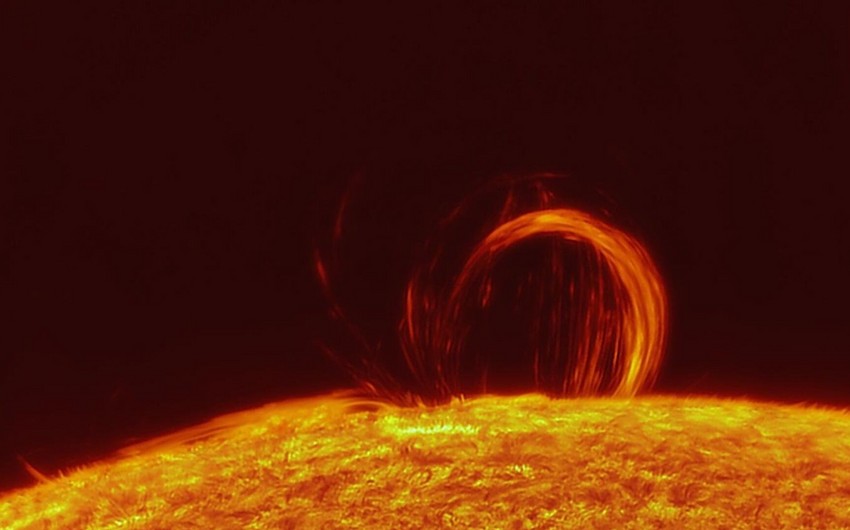Earth will be struck today by a coronal mass ejection from a huge solar flare that erupted from the sun on New Year's Eve, Report informs referring to Space.com.
The New Year's Eve flare created a CME, a huge bubble of plasma from a region of the sun called the corona, which is equivalent to the sun's outer atmosphere, and this has an Earth-directed component. Though this massive ejection of plasma will only graze the magnetic bubble surrounding our planet Tuesday (January 2), the magnetosphere, it could trigger a geomagnetic storm that could affect communications and power infrastructure.
This Earth-directed CME component has the potential to trigger a minor or "G1" geomagnetic storm. Storms like this have the capability to cause weak fluctuations in power grids and could have minor impacts on satellite operations. In addition to this, G1 geomagnetic storms can give rise to striking auroras, beautiful light shows seen over Earth, usually at higher latitudes.


 https://images.report.az/photo/6757e53a-087d-338e-89ca-472c5cebc0bd.jpg
https://images.report.az/photo/6757e53a-087d-338e-89ca-472c5cebc0bd.jpg

